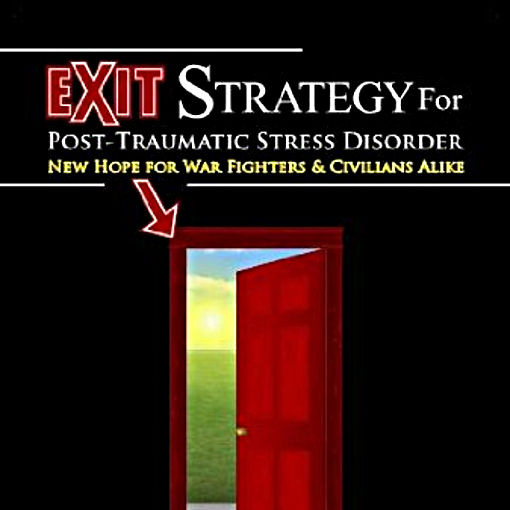Post-Traumatic Stress
Combat veterans frequently experience Post-Traumatic Stress Disorder (PTSD), a condition that arises after one or more traumatic, life-threatening events. PTSD may affect victims of a wide-range of traumas, including disaster situations, sexual assaults, terrorist attacks, and serious accidents — but military personnel are particularly susceptible due to the nature of their service. Included here are resources related to identifying and coping with the symptoms of PTSD.
Causes & Symptoms
Not every traumatic event will lead to the development of PTSD in each person who experiences it, but certain individuals may be more susceptible due to a variety of factors. These risk factors may include the following: a personal history of trauma (for example, enduring or witnessing abuse as a child); a recent traumatic experience (having a cumulative effect); or surviving a life-threatening or dangerous situation (as in combat).
After experiencing a trauma, most combat veterans will experience a period of elevated stress. Typically, feelings of fear, anxiety, sadness, guilt, shame, and anger emerge in direct relation to the traumatic event, but these don't necessarily constitute a disorder. However, these feelings may eventually lead to the development of symptoms of PTSD, especially if they remain in the veteran’s mindset for a long time after the event and begin to significantly alter his or her life.
Veterans suffering from PTSD commonly relive their traumas through nightmares or sudden "flashbacks" due to triggers like sights or sounds. Sufferers may also concentrate on the trauma instead of a given task at hand, often affecting their ability to work or socialize. They may also feel emotionally numb or “cut off” from others, feel jittery to the point of anger and irritability (also referred to as “hyperarousal”), or attempt to avoid situations that remind them of the event.
Treatment
According to the National Institute of Mental Health, a division of the U.S. Department of Health and Human Services’ National Institutes of Health, primary treatment options for PTSD include psychotherapy and prescription medication.
Cognitive Behavioral Therapy (CBT)—a type of psychotherapy that focuses on confronting and controlling fears, reducing anxiety, and approaching the memories of the traumatic event in a realistic, healthy manner—has proven effective in many cases.
Certain antidepressants, antipsychotics, and benzodiazepines have been prescribed to treat the symptoms of PTSD, but The U.S. Food and Drug Administration has so far approved only two prescription medications for its treatment: sertraline (Zoloft) and paroxetine (Paxil). These prescription medications can have serious side effects; any veteran experiencing symptoms of PTSD should be cautious and inquire with a physician about the drug regimens available.
The U.S. Department of Veterans Affairs (VA) encourages consultations with medical or mental health professionals for any veteran who is experiencing symptoms associated with PTSD, who thinks he or she might have PTSD, or who knows someone that may have the disorder.
Sources:
VA National Center for PTSD: How Common is PTSD?
